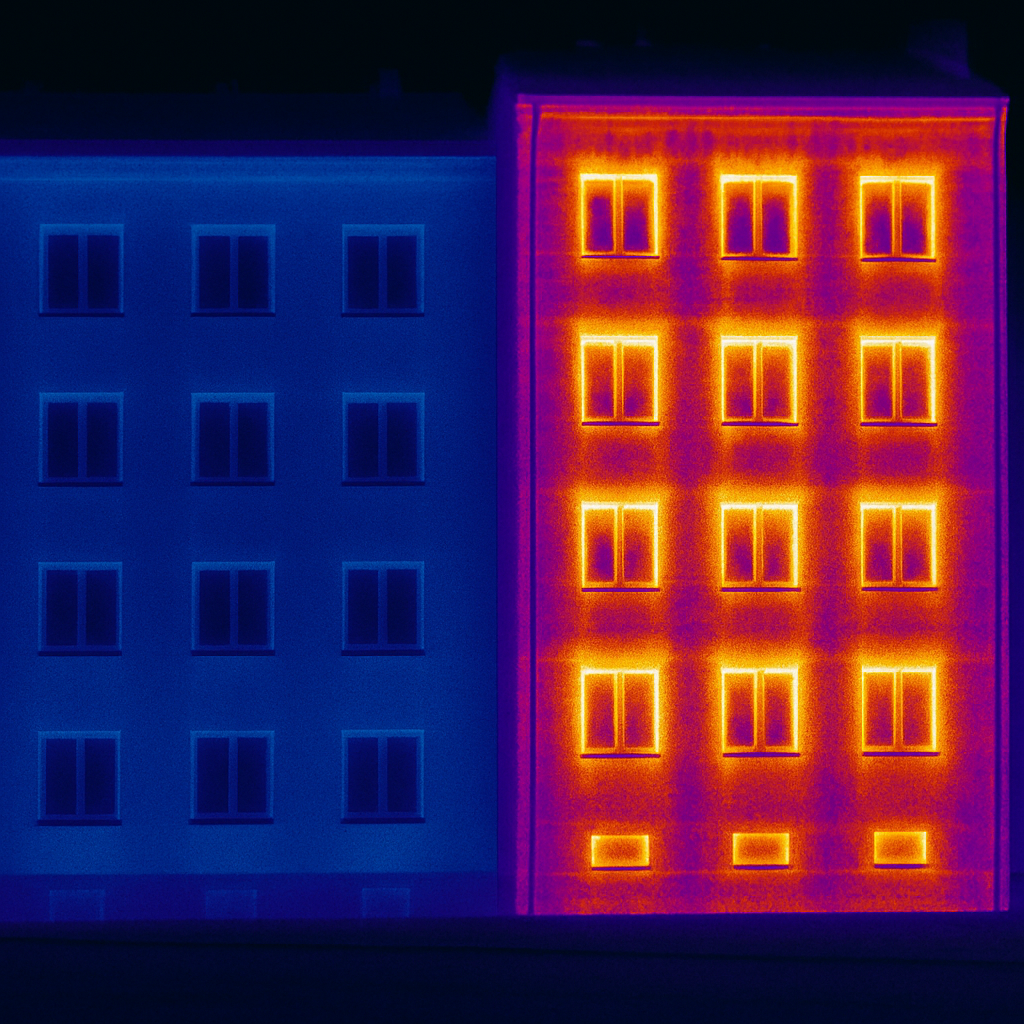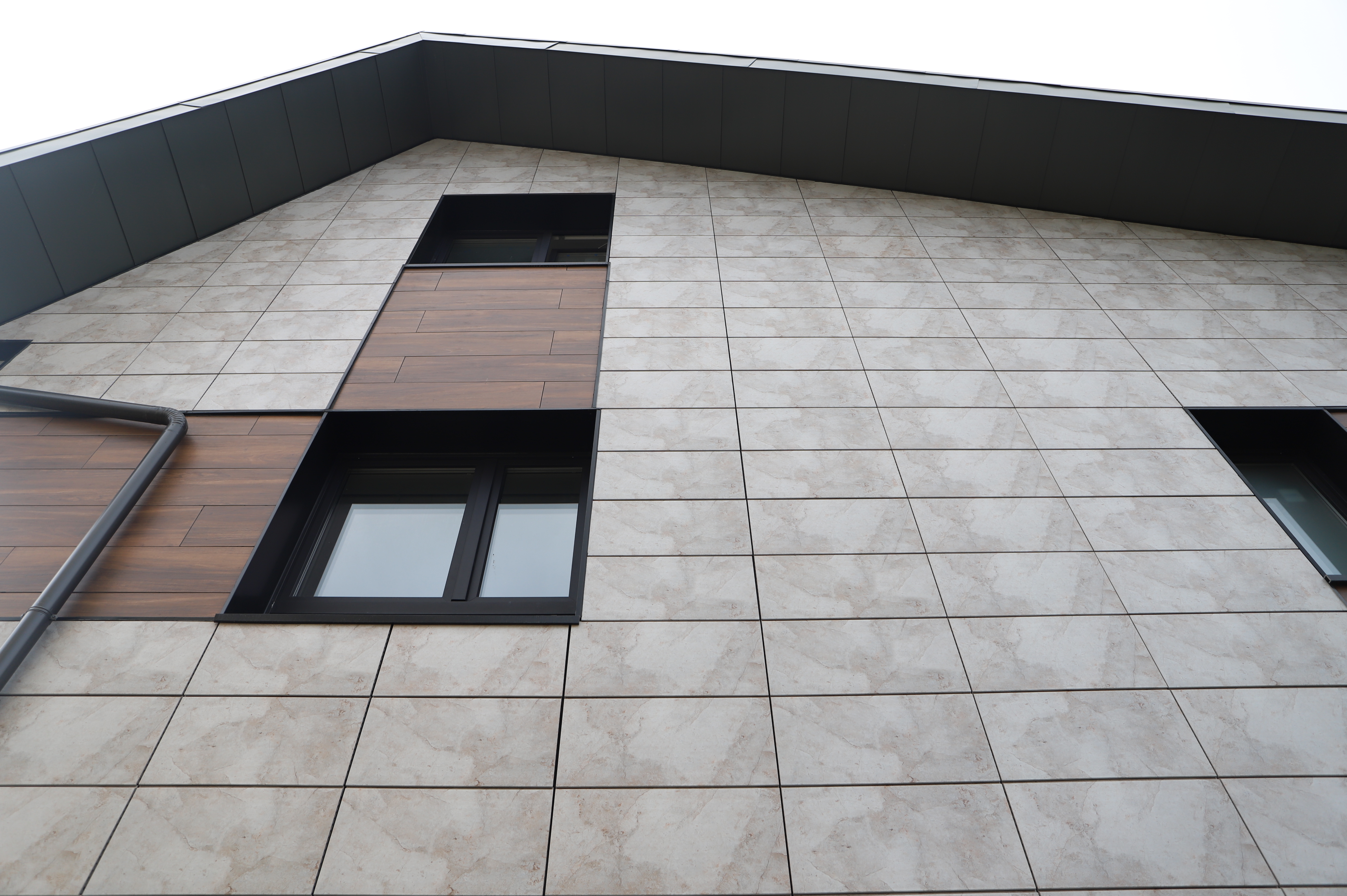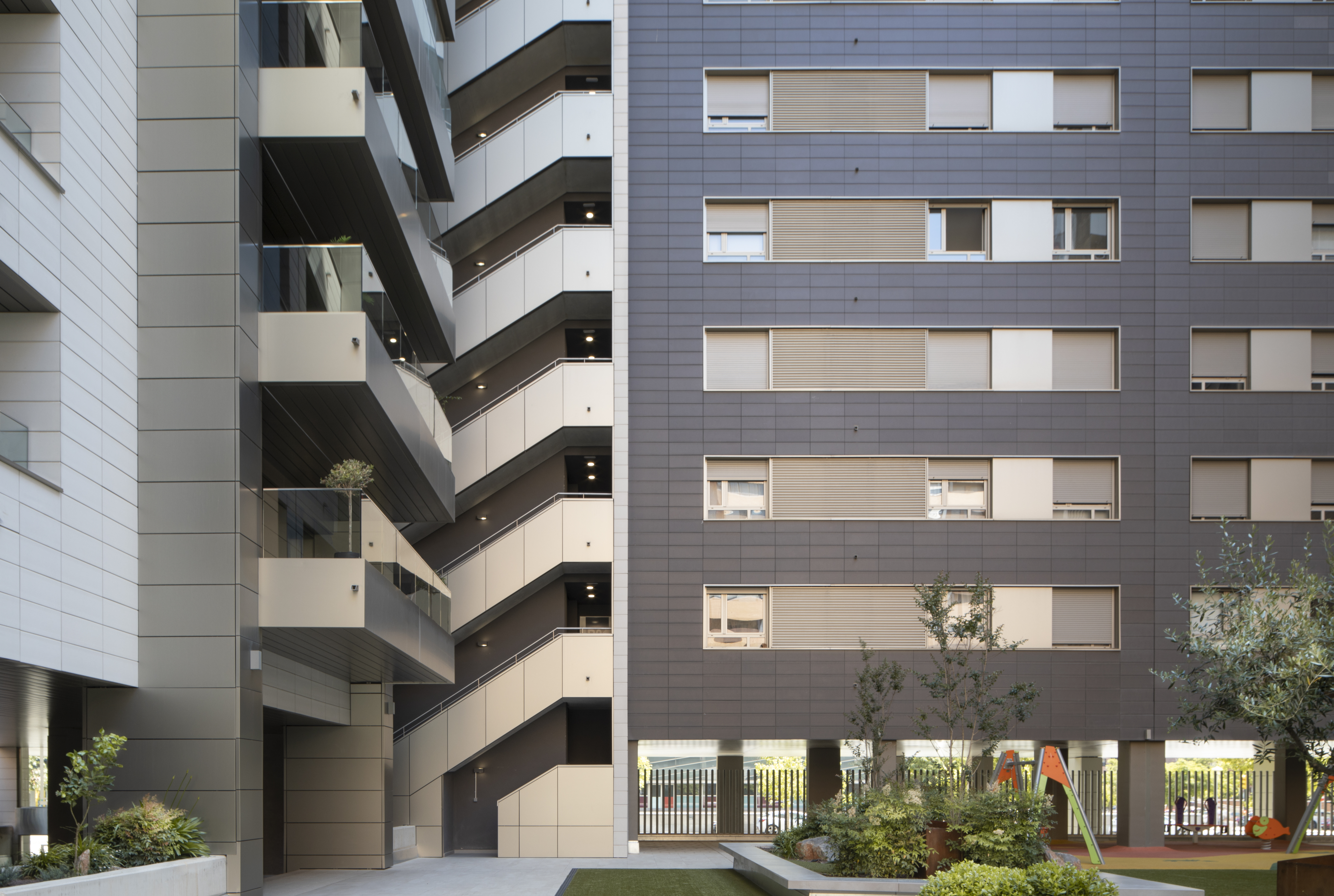
Types of facades: Which is better, ETICS or a ventilated facade?
When it comes to construction and energy efficiency, solutions for better facade insulation and durability have greatly gained in popularity. Two of the most common choices nowadays are ETICS and ventilated facades. Although both systems offer impressive performance, their characteristics and benefits differ significantly. We’re going to analyze what each of these two facade systems involve in order to make an informed decision.
Energy efficiency in buildings and facades, key to the SDGs
The choice of a particular type of a facade for a building goes beyond just esthetics and architectural trends. Such a decision also has to do with the need to comply with the 2030 Agenda and the 17 Sustainable Development Goals, agreed by the United Nations in 2015. Some of the SDGs specifically focus on construction and the real estate sector, urging infrastructure development and sustainable cities through solutions that enable energy savings and lower consumption by occupants all while limiting the carbon footprint left by buildings and promoting circular economy measures. One of the elements with the greatest impact on energy efficiency and thermal and acoustic insulation in buildings is the facade.

The Sustainable Development Goals established by the United Nations General Assembly
What types of facades are there?
Technological advances and innovation in materials and systems have made it so the number of types of facades just keeps on getting bigger:
Ventilated facades
ETICS
Conventional facades
Prefabricated facades
Light facades
What is the ETICS system for facades?
ETICS is simply the acronym for External Thermal Insulation Composite Systems. It’s a variant of a conventional facade through which thermal insulation is installed on the outside of the building structure, directly over the surface of existing walls with adhesives and mechanical anchors, with a protective coating applied over the insulation.
What are the main characteristics of ETICS?
- It improves building energy efficiency as it’s insulated from the outside which eliminates thermal bridges.
- It helps eliminate interstitial condensation.
- Less technical sophistication.
- Simpler and faster to install.
- No specialist labor is required.
- Higher subsequent maintenance: repairs, moisture, breakage, cleaning and cracking.
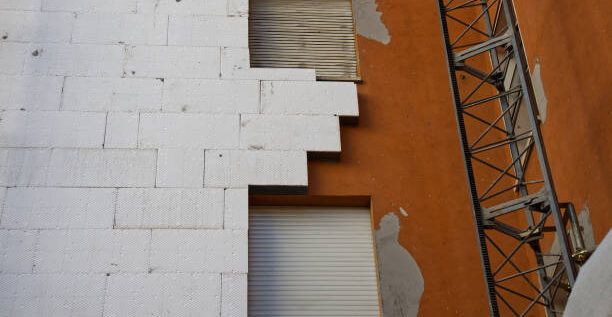
SATE system for facades
How does ETICS differ from a ventilated facade?
A ventilated facade is a solution that also enhances the energy efficiency of a building by giving it thermal and acoustic insulation from the outside. However, it goes beyond just that: the big difference between a ventilated facade and ETICS is the existence of an air chamber. This is a ventilated space that is created between the insulating layer and the facade cladding. To get this gap between the building skin and insulation, an independent structure is installed that supports the outside facade cladding from a certain distance from the main wall.
An air chamber, the major difference between ETICS and a ventilated facade
This air chamber provides the building with:
- Thermal control due to the thermal inertia in the system and the circulation of air inside the chamber
- Quick drying after getting wet
- A lack of moisture on the inside
- Minimal risk of condensation on the outer wall
- Better comfort inside
The air chamber works differently depending on the time of year. In summer, it fosters circulation as the hot air rises and evacuates with cool air taking its place. In winter, it works like a heat accumulator preventing any loss of heat from the inside. Installing a ventilated facade leads to a significant drop in the demand for energy for indoor climate control.
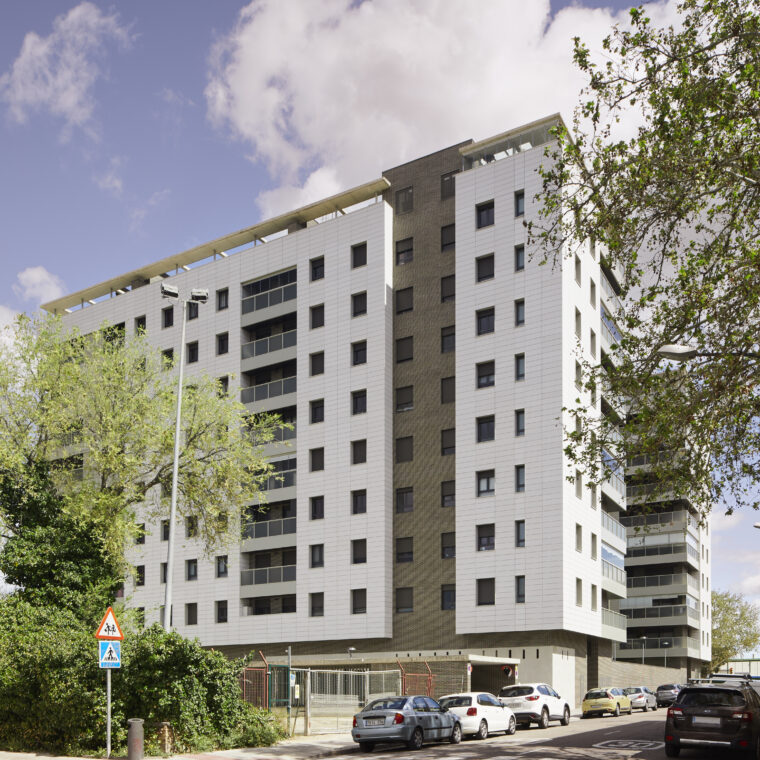
Ventilated facade installed for a residential building
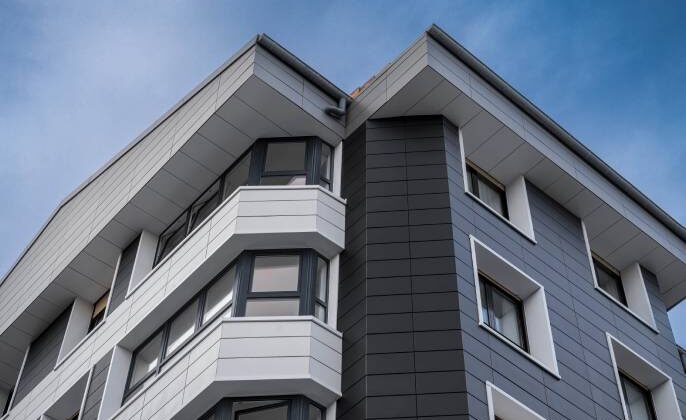
Ceramic ventilated facade in Hondarribia, Basque Country
Technical differences between ETICS and a ventilated facade
- The installation of a ventilated facade is more complicated technically than ETICS.
- A ventilated facade does not need any periodic maintenance unlike ETICS, which requires constant monitoring of the sealing between the insulating panels.
- Mechanical fastening systems, such as the anchors used with ventilated facades enable individual replacement of different components.
- These fastenings adapt very well to renovation work as they help solve issues with level differences and close points such as corners, cornices, balconies and windows.
- Both ventilated facades as well as ETICS can be covered with materials such as glass, technological wood, ceramic or cement fiber.
What does ceramic offer a ventilated facade over ETICS?
We’ll now highlight one highly resistant material with a wide variety of finishes and designs, enabling absolute creativity freedom for architecture professionals. FAVEKER® ceramic panels stand out due to:
- The variety of sizes and large-format pieces that can reach up to 1.8 m long.
- Customization possibilities thanks to digital printing technology with finishes inspired by nature such as wood, marble and stone to give houses quite the modern look.
- Maximum fire resistance, as well as resistance to impacts and thermal shock in addition to color durability.
- Bioklinker® antibacterial technology which prevents fungi and bacteria.
- Unique volumes and 3D geometries with extrusion manufacturing.
- Integrated sustainability: materials that are 100% recyclable with 50% recycled composition, promoting a circular economy and reducing the carbon footprint.

Ceramic ventilated facade with Bioklinker technology implemented
FAVEKER®: experience and knowledge of ventilated facades
FAVEKER® ceramic ventilated facades offer alternatives to respond to demands of all kinds, both on a technical as well as a design level, with a quality/price ratio that justifies any investment involved with installing such an advanced facade system. The people at the FAVEKER® Technical Office can help you with your new construction or renovation project with a ventilated facade as a way to help achieve the SDGs and 2030 Agenda decarbonization goals. Contact us.

